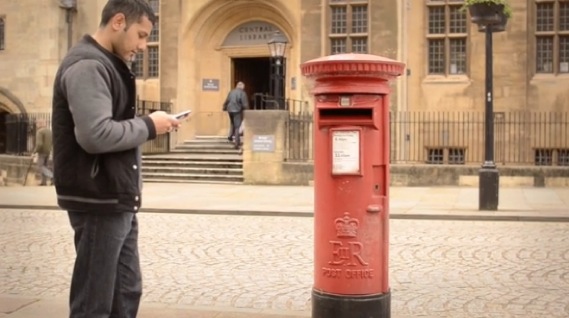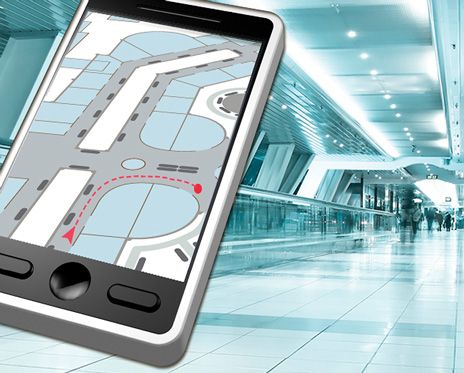
Once you start thinking about how to make things less, well, dumb, the possibilities open up all over. Here’s when the dialogue between our streetscape and its furniture (including signage) begins to become a reality.
Sure, the system here is based on the mobiles’ owner sparking the conversation via an sms, but think about that as just the beginning. And while this is ostensibly an ‘arts’ project, this new form of literal – as well as legible – situation can only help spur us on to.
Here’s the full article in Creative Review: Bristol, the city that talks back.
![Playful Instructional Signs Invite Visitors To Explore Historical Sites [Pics]](http://cdn.psfk.com/wp-content/uploads/2013/06/natures-playground-sit.jpg)







 The Totem Pole — Predecessor for Advertising?
The Totem Pole — Predecessor for Advertising?